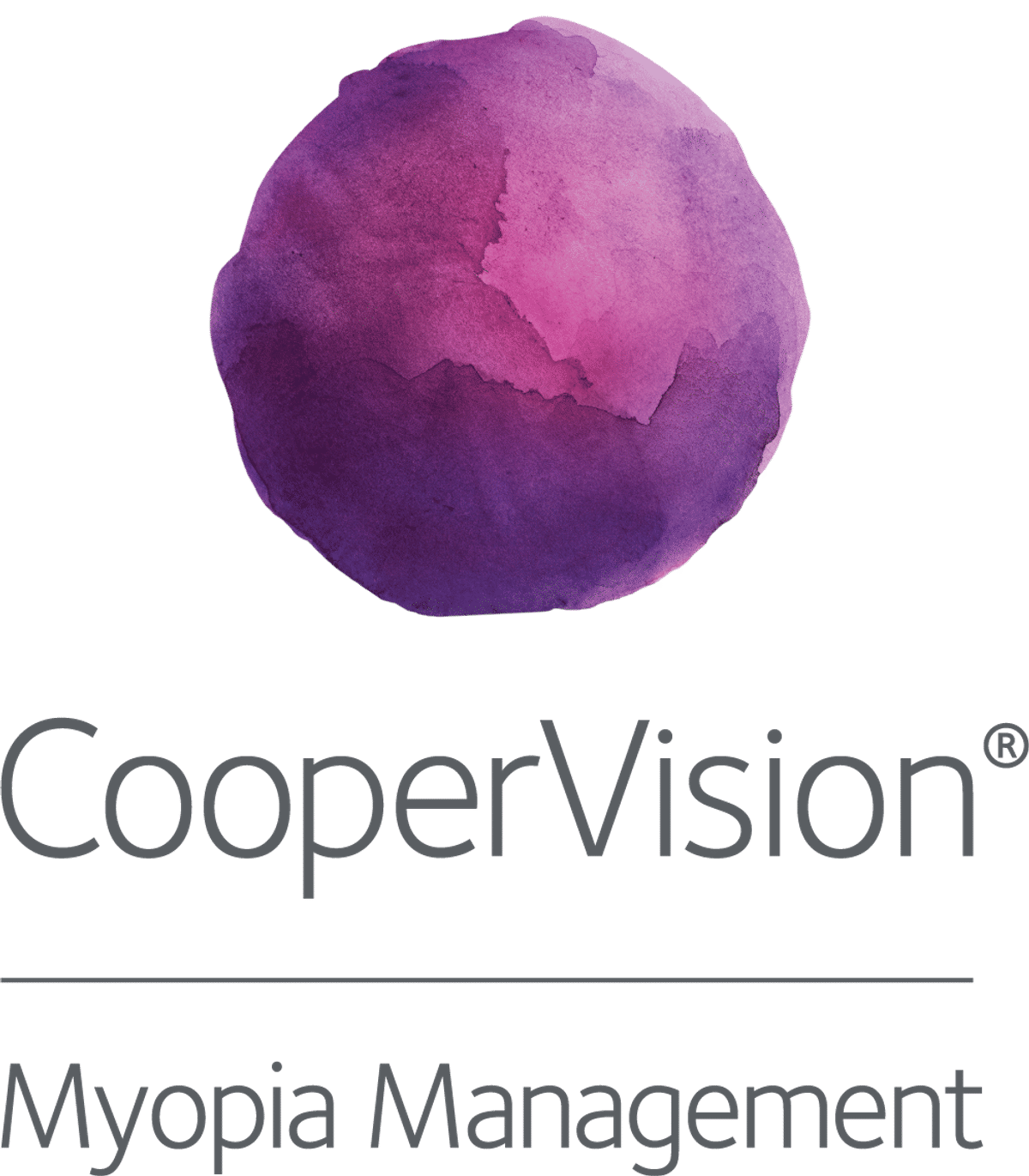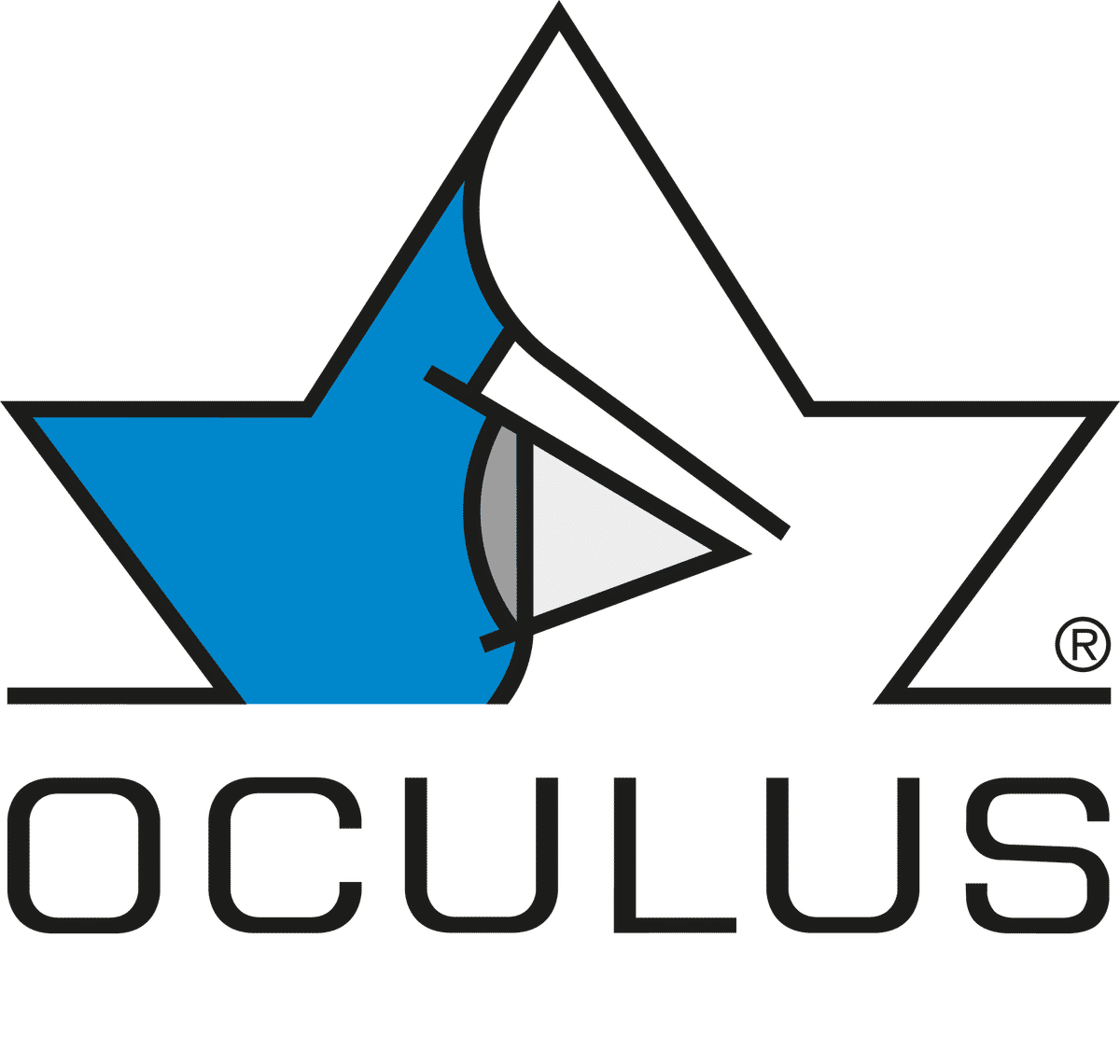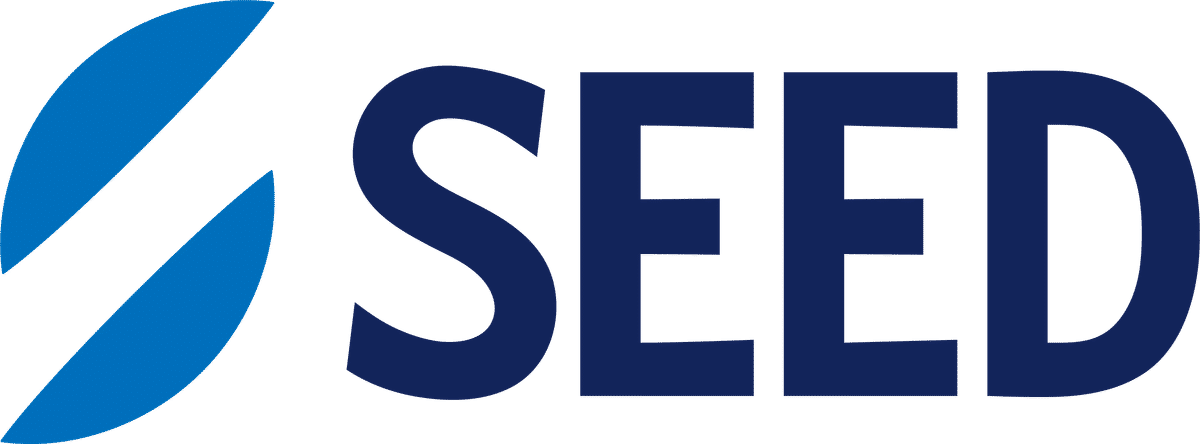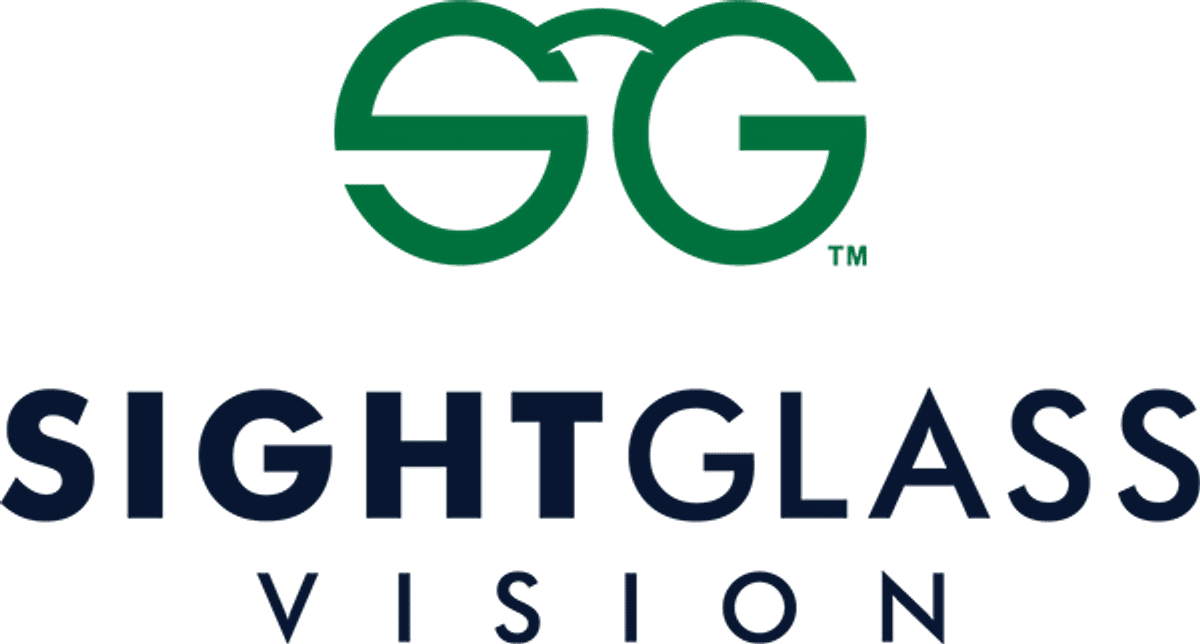Clinical articles.
Find answers to clinical questions, read case studies and Q&A interviews, and explore everything you need to know on myopia management in clinical practice.
We’ve got you covered in this compendium of clinical articles covering the full scope of myopia management. Browse the latest articles or refine to your interest using the search box. Filter by topic, choose topic combinations, and apply the additional filter to limit your search to article types.
Enormous thanks to our visionary sponsors
Myopia Profile’s growth into a world leading platform has been made possible through the support of our visionary sponsors, who share our mission to improve children’s vision care worldwide. Click on their logos to learn about how these companies are innovating and developing resources with us to support you in managing your patients with myopia.











